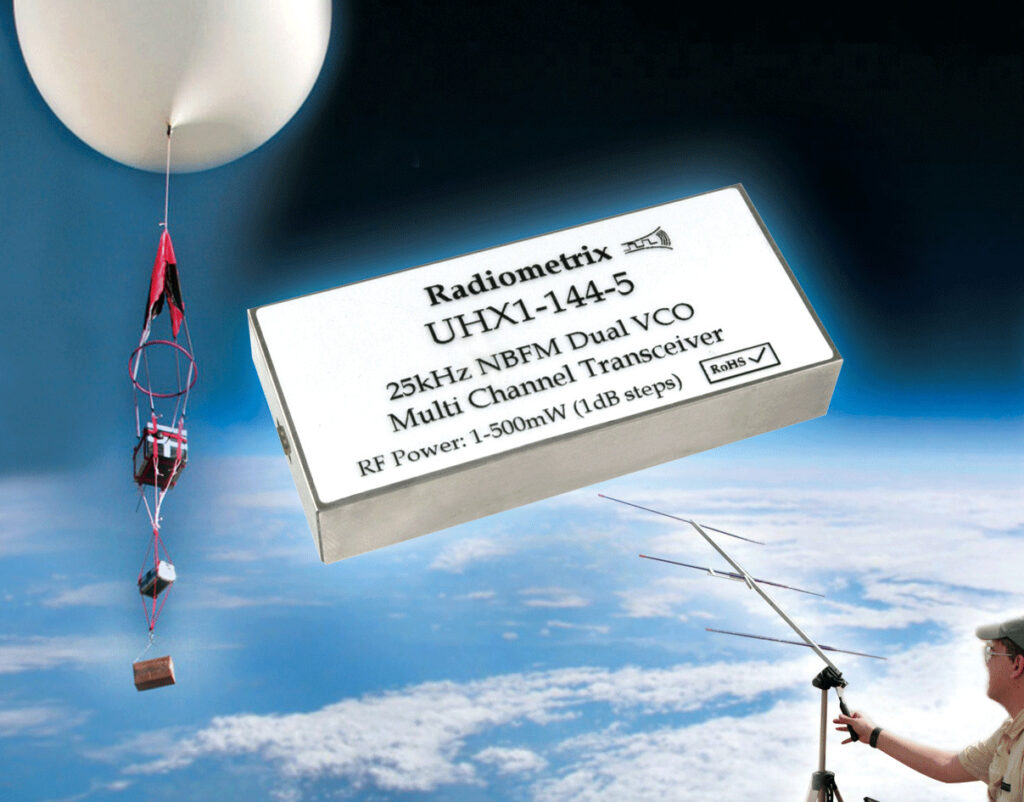Article by Ben Estes, Student, Idaho State University, May 2008
Tracking system and flight computer
The Idaho State University R.I.S.E. program releases weather balloons and payloads with the intent of flying to above 80,000ft. Payloads always sent up consist of a camera box, APRS (Automatic Position Reporting System) tracking system, and a recently added flight computer. Additional payloads range from extremeophile research to egg drop experiments created by 2nd grade students. The FAA restricts exempt balloons to 12lbs, so until that weight is reached additional payloads are welcomed provided that they meet the FAA guidelines.

Previous to my involvement in the group, the focus of the balloon flights was perfecting the tracking system and the camera enclosure. To date, the group's recovery rate remains 100% thanks to the great work of the ham radio operators in the group.
At the last balloon conference, we were asked if all we did was take pictures. This was coming from groups who boasted 50% recovery rates. Each member of the ISU R.I.S.E. group contributes something important to the group. Timothy Frazier designs all of the camera equipment, enclosures, and is the head of the group (represents us, takes care of the funding, etc..). Glen Powell and Ryan Reed, who are both ham radio operators, cover the tracking and flight path prediction. Ben Nickel is also part of the chase crew and covers additional tracking and the wireless network set up between chase vehicles so flight data can be shared. My contribution was the miniaturization of the tracking system and the addition of the flight computer to the payload chain.
Enter Radiometrix:
In order to miniaturize the tracking package, an APRS module from Byonics was used. The MicroTrack-8000FA was chosen because of its compact size, high power RF output, and frequency agility. The multiple watt output model was chosen because propagation on the ground is limited by terrain and structures.
During one of the flights, a MicroTrack-300 (300mw) module was used and was ~95% receivable from > 80,000ft. Both of the MicroTrack's use transmitters from Radiometrix. The MicroTrack-8000FA is a multi-channel 8 watt APRS transmitter. When the time came to consider an RF solution for communicating with the flight computer, Radiometrix was the first choice. Figure 1 shows the tracking package.

Figure 1: ISU R.I.S.E. APRS tracking package. A). RF and GPS connectors. B). 4x3.3V 1100mAh A123 brand rechargeable batteries in series. These batteries were chosen for their extremely favorable discharge curve and temperature characteristics. C). Two MicroTrack-8000FA's are run off the same 12.9V battery pack. D). Power switches, indicator lights, charging connector, and programming jacks. Aside from sharing the same battery, the MicroTrack-8000FA's are completely separate from each other, providing semi-redundancy.
Lemos International worked with me to choose a transceiver and associated electronics for the project, donated one of the two transceivers, and was able to get samples from the carrier boards. This was very important because of the group's limited budget.
The UHX-1 multichannel transceiver was chosen for communicating with the flight computer. It has a maximum power output of 500mw and incorporates a 1200 baud “dumb modem” that is controlled via rs-232. This allowed a transparent serial link between the control station on the ground and the flight computer flying at 80,000ft.
The flight computer was made from a Gumstix XM-4 motherboard, Roboaudio, and netwifi-micro-sd expansion board. This allowed unparalleled flexibility for data acquisition programs as well as automated and remote flight control. During the flight, data from the sensors was downloaded real-time over the wireless serial link. The link and flight computer were also used to initiate the cut-down mechanism to remove the balloon's remnants and tether at 75,000ft. Figure 2 shows the inside of the flight computer box.

Figure 2: The inside of the flight computer housing. A). Pressure, temperature, 3-axis accelerometer, and a four channel output buffer board. B). 6.6V battery pack, made from 4x3.3V 2300mAh A123 brand rechargeable batteries in a series-parallel configuration. C). Gumstix and expansion boards. The RF-communication module was located external to the flight computer housing.
Visit the RISE website...
Read the Press Release on this project...